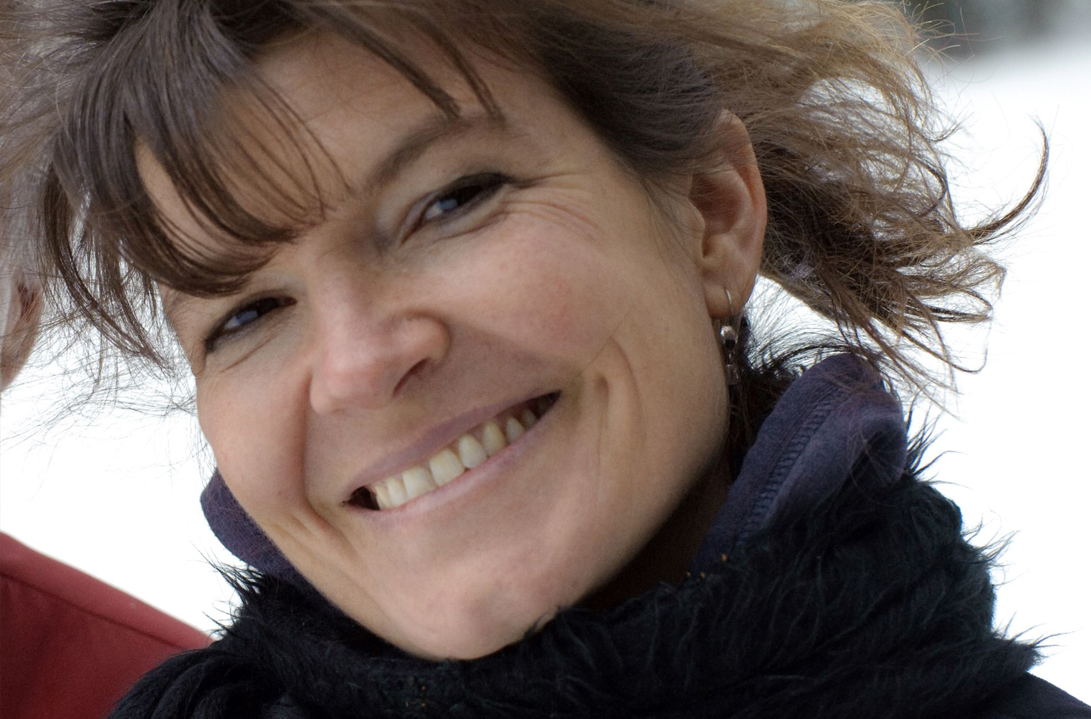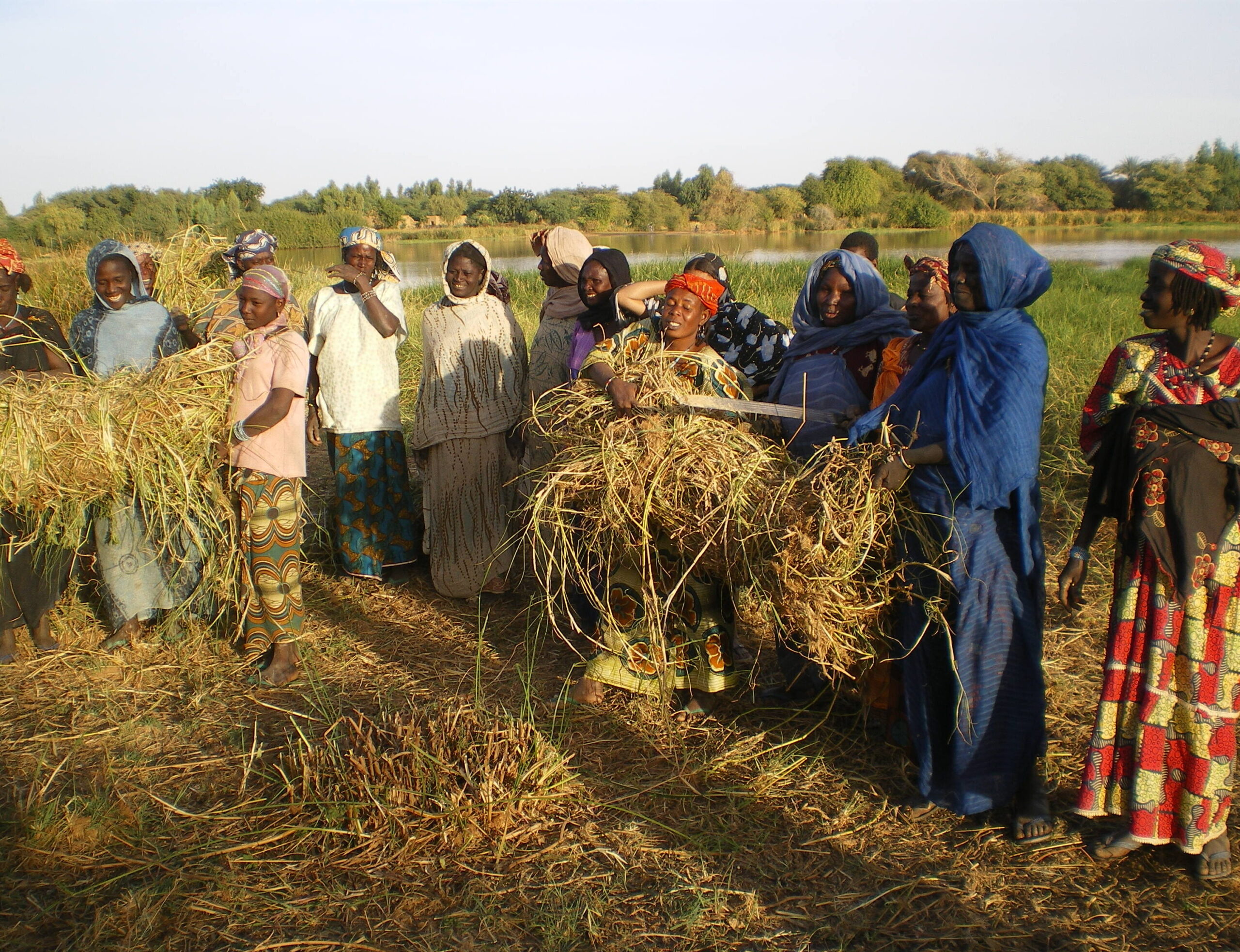
Academic Visitor
Dr Susan Canney
Director of the Mali Elephant Project
PROFILE
Susan Canney is the Director of the Mali Elephant Project and a Research Associate with WildCRU. Over the past 35 years she has worked on a variety of nature conservation projects across Africa, Asia and Europe, from a variety of perspectives and spatial scales, including scientific research, spatial analysis and landscape planning; grass-roots action and public engagement; programme development and strategic planning; and high-level advocacy, policy and governance.
This has included a range of environments including Managed Elephant Range planning in Sumatra, Indonesia, participatory protected area management in Romania, conservation and development in the Air Mountains of Niger, conservation needs assessment in Nambia, biodiversity mapping in the Ruaha-Rungwa-Muhesi-Kizigo ecosystem in Tanzania, and Africa-wide spatial modelling of lion distribution with WildCRU.
She has worked in central Mali since 2003 , taking a landscape approach, rooted in local value systems, to co-develop an integrated model of human-elephant co-existence across 60,000km2. This works with local communities in developing locally-led systems of environmental management that set aside key habitat while preventing over-exploitation and promoting ecosystem restoration. At the same time, these systems improve local livelihoods, provide opportunities for women, and occupations for youth; supported by a multi-level environmental governance system. The model has proved (surprisingly) resilient despite the lawlessness, conflict and insurgency that has afflicted the area since 2012.
It has also resulted in the creation of a new protected area that has ownership by local communities, resonating with the current debates surrounding 30×30 and OECMs; as well as the contribution of wildlife to multiple ecosystem services including the mitigation and adaptation to climate change.
Her over-arching interest is how to bring ecological literacy to decision making, specifically using “complexity” and systems perspectives together with collaborative approaches, to identify pathways to the co-existence of humans and nature.
She is a Trustee of Tusk Trust, a Tusk Conservation Award Judge, a member of the IUCN Human Wildlife Conflict and Coexistence Specialist Group, the African Elephant Specialist Group, and the Wilderness Specialist Group of the World Commission on Protected Areas.
She was initially trained in Natural Sciences (MA Cantab), Landscape Architecture (MA Sheffield) and Environmental Policy (MSc Lancaster) before gaining a doctorate in conservation ecology (DPhil, Oxford) using remote sensing to understand human impact in and around a protected area in North Tanzania. She has also worked as an environmental policy researcher for the Chair of the UK Government’s independent panel on sustainable development at the Green College Centre for Environmental Policy & Understanding, and in 2013 she co-authored a book on “Conservation” for Cambridge University Press.
Despite the variety of experience, the unifying theme has been understanding how to protect and make space for nature in an increasingly inter-connected and human-dominated world.


SELECTED PUBLICATIONS
The role of large wild animals in climate change mitigation and adaptation
Armed conflicts and wildlife decline: Challenges and recommendations for effective conservation policy in the Sahara-Sahel
Mali’s elephants show how people and nature can share space in a complex world
Making Space for Nature: Elephant Conservation in Mali as a Case Study in Sustainability
The role of large wild animals in climate change mitigation and adaptation
Two major environmental challenges of our time are responding to climate change and reversing biodiversity decline. Interventions that simultaneously tackle both challenges are highly desirable. To date, most studies aiming to find synergistic interventions for these two challenges have focused on protecting or restoring vegetation and soils but overlooked how conservation or restoration of large wild animals might influence the climate mitigation and adaptation potential of ecosystems. However, interactions between large animal conservation and climate change goals may not always be positive. Here, we review wildlife conservation and climate change mitigation in terrestrial and marine ecosystems. We elucidate general principles about the biome types where, and mechanisms by which, positive synergies and negative trade-offs between wildlife conservation and climate change mitigation are likely. We find that large animals have the greatest potential to facilitate climate change mitigation at a global scale via three mechanisms: changes in fire regime, especially in previously low-flammability biomes with a new or intensifying fire regime, such as mesic grasslands or warm temperate woodlands; changes in terrestrial albedo, particularly where there is potential to shift from closed canopy to open canopy systems at higher latitudes; and increases in vegetation and soil carbon stocks, especially through a shift towards below-ground carbon pools in temperate, tropical and sub-tropical grassland ecosystems. Large animals also contribute to ecosystem adaptation to climate change by promoting complexity of trophic webs, increasing habitat heterogeneity, enhancing plant dispersal, increasing resistance to abrupt ecosystem change and through microclimate modification.